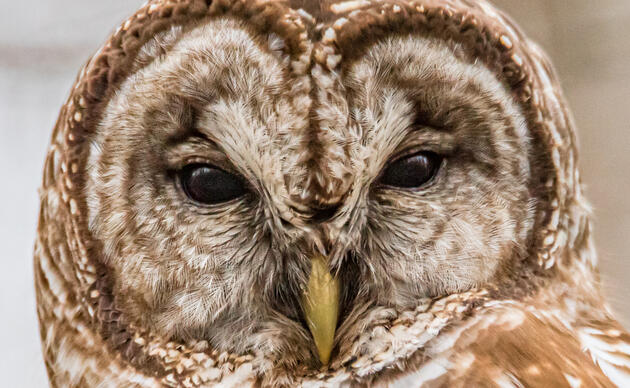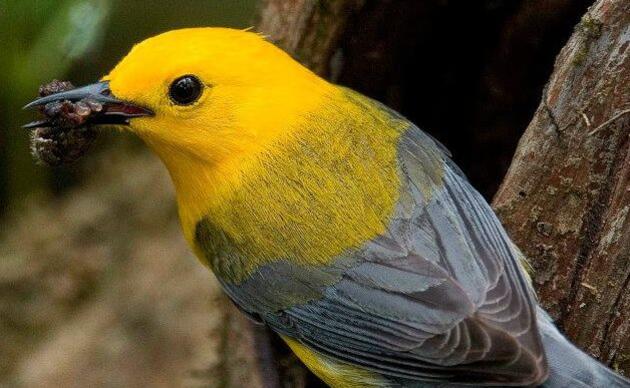South Carolina is a great state for bugs, and our swamp is no exception. With so many species of insects, this list will inevitably be very long. For now we will start off with the most common and visible species and hopefully expand upon it over time. With the exception of aquatic invertebrates, there has never been a comprehensive invertebrate study done at Beidler Forest.
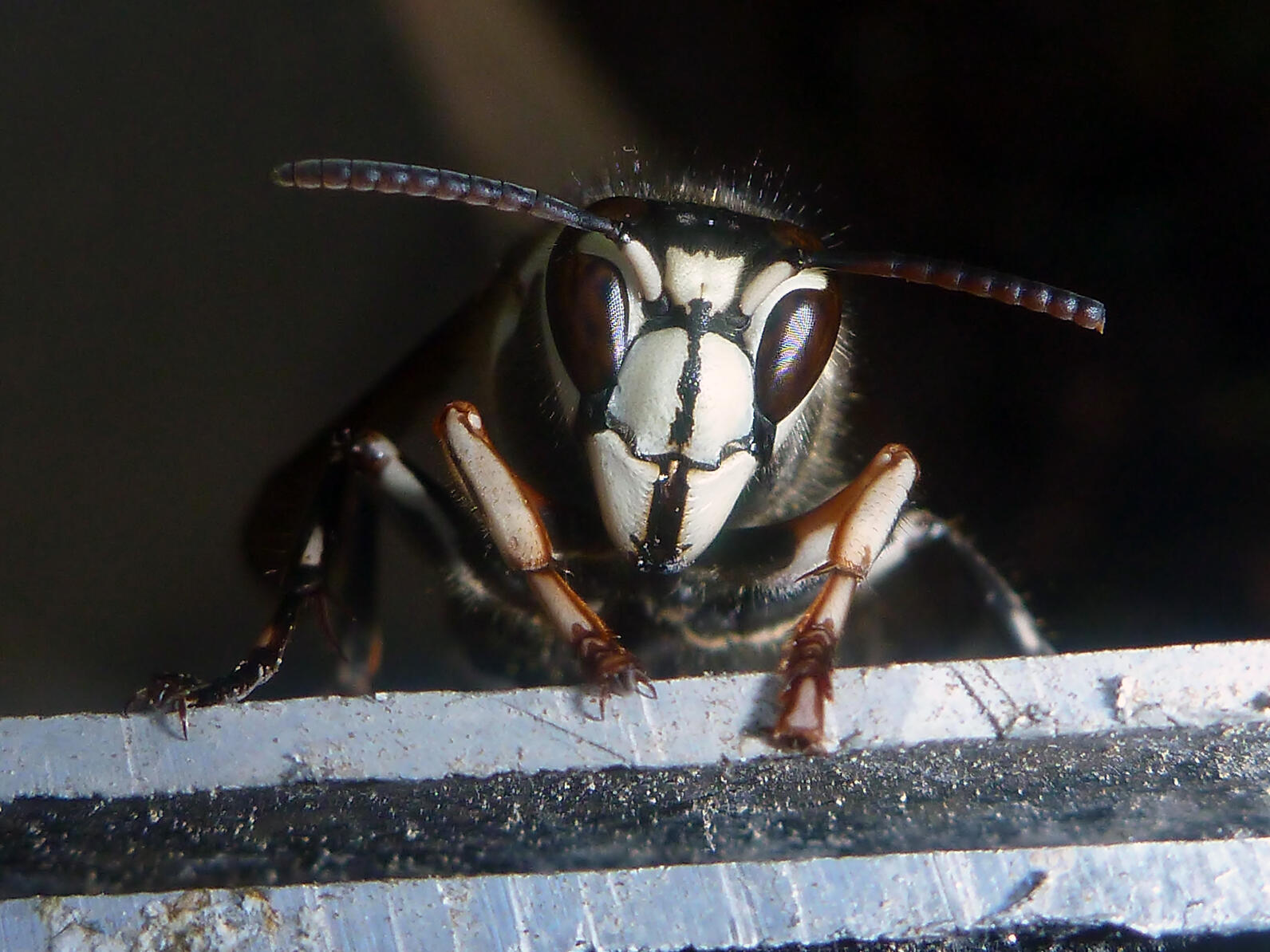
Bees, Wasps, and Ants
- Field Ant (Formica integra)
- Carpenter Ant (Camponotus pennsylvanicus)
- Carolina Red Wasp (Polistes carolina)
- Bald-faced Hornet (Dolichovespula maculata)
- Southern Yellowjacket (Vespula squamosa)
- Cow Killer (Dasymutilla occidentalis)
- Cicada Killer (Sphecius speciosus)
- Mud Dauber (Sphecidae family)
- Cuckoo Wasp (Chrysis spp.)
- Scoliid Wasp (Pygodasis quadrimaculata)
- Myzinum Wasp (Myzinum sp)
- Ichnumen Wasp (Ichneumonoidea superfamily)
- Carpenter Bee (Xylocopa sp.)
- Honey Bee (Apis sp.)
- Bumblebee (Bombus sp.)
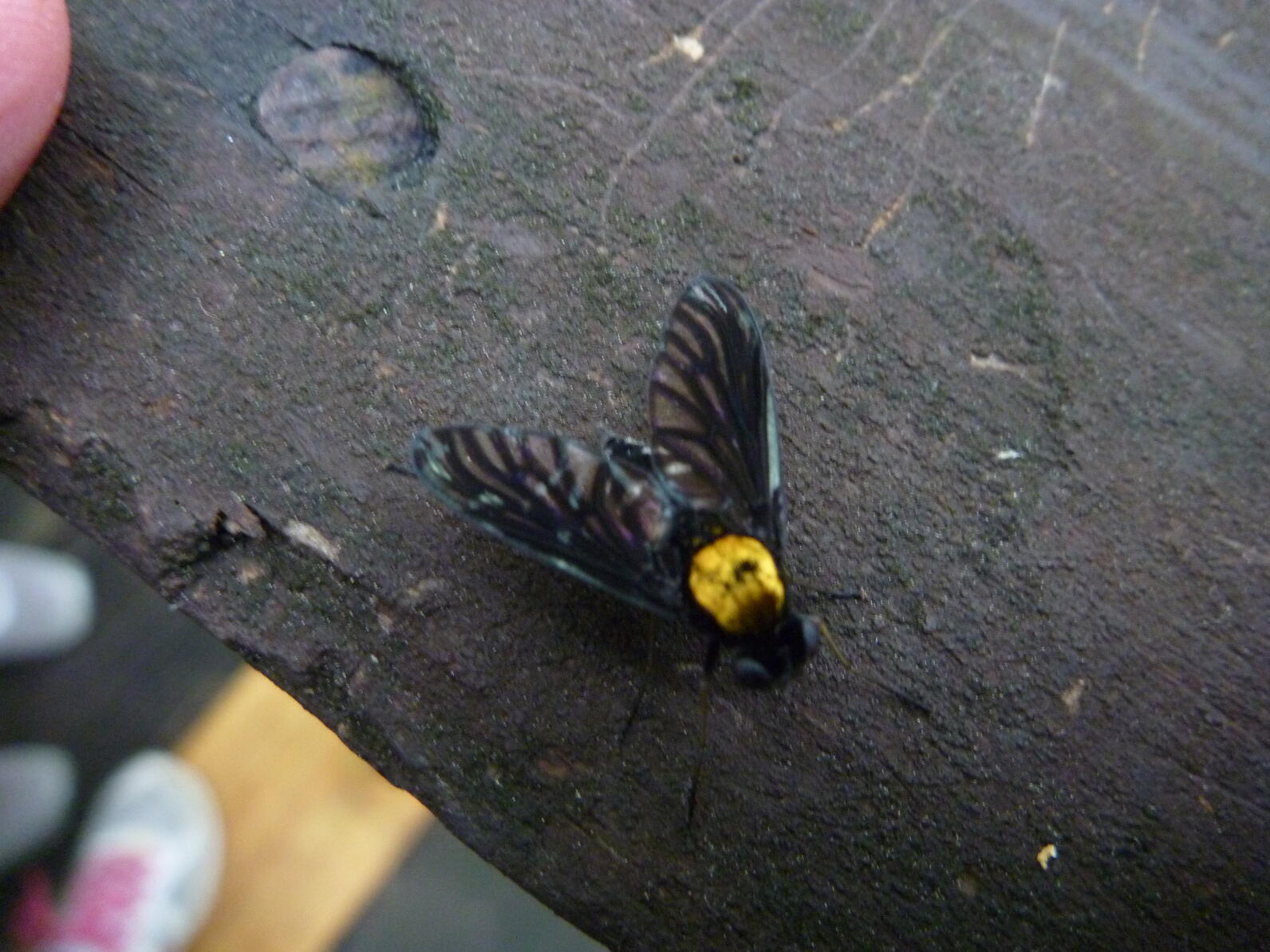
Flies
- Mosquito (Mansonia titillans)
- Tiger Mosquito (Aedes albopictus)
- Gallinipper (Psorophora ciliata)
- Deer Fly (Diachlorus ferrugatus)
- Horseflies (Tabanidae family, multiple species)
- Green Bottle Fly (Lucilia sericata)
- Gold Backed Snipe Fly (Chrysopilus thoracicus)
- Yellowjacket Hover Fly (Milesia virginiensis)
- Robber Fly (Asilidae family)
- Crane Fly (Tipulidae family)
- Fruit Fly (Drosophila melanogaster)
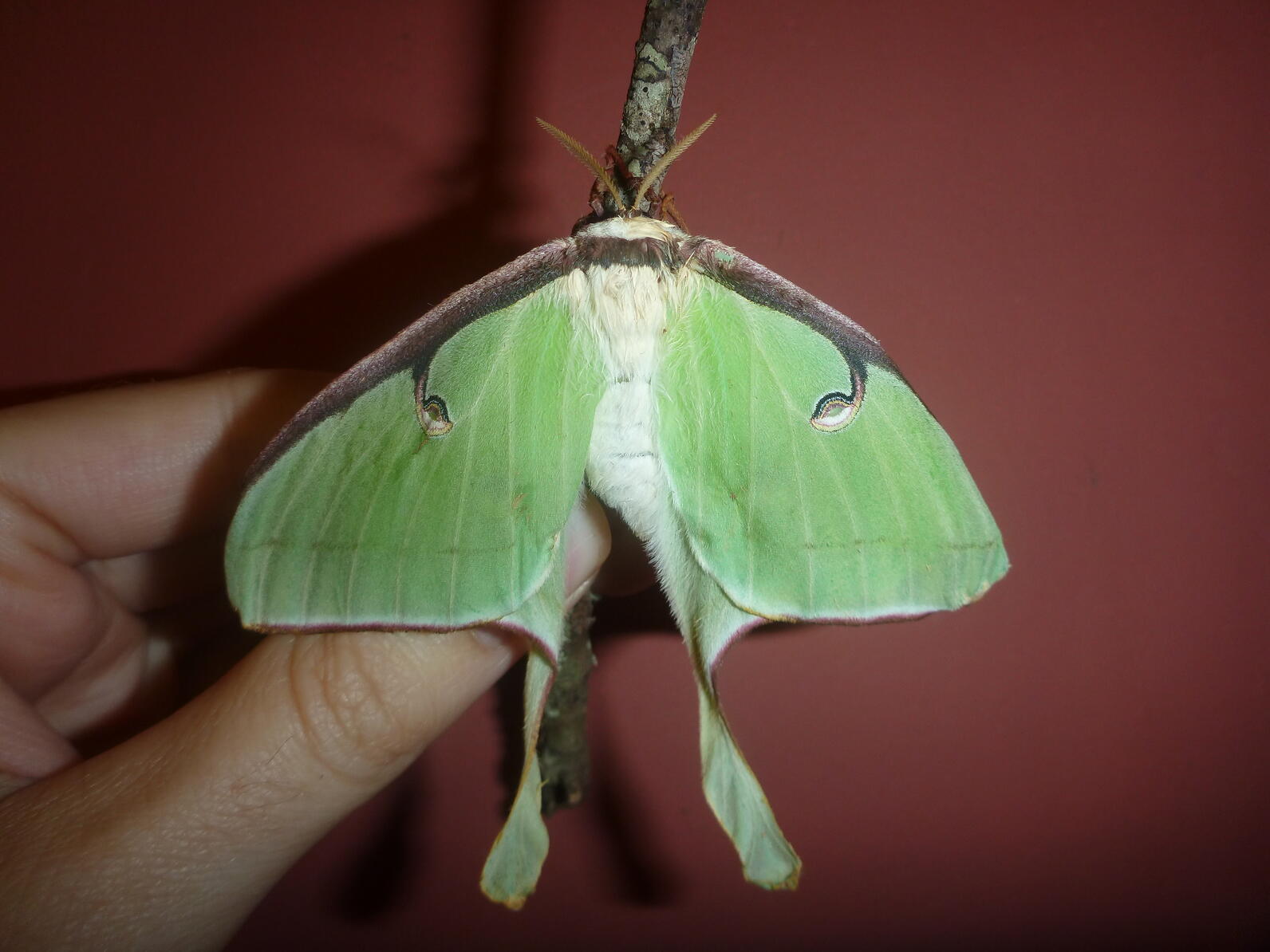
Moths
- Luna moth (Actias luna)
- Imperial Moth (Eacles imperialis)
- Cecropia Moth (Hyalophora cecropia)
- Polyphemus Moth (Antheraea polyphemus)
- Giant Leopard Moth (Hypercompe scribonia)
- Blinded Sphinx (Paonias excaecatus)
- Agreeable Tiger Moth (Spilosoma congrua)
- Eight-spotted Forester (Alypia octomaculata)
- Rough Prominent Moth (Nadata gibbosa)
- Painted Lichen Moth (Hypoprepia fucosa)
- Pink-striped Oakworm Moth (Anisota virginiensis)
- Forest Tent Caterpillar Moth (Malacosoma disstria)
- Eastern Tent Caterpillar (Malacosoma americanum)
- White-marked Tussock Moth (Orgyia leucostigma) - Hairs can irritate sensitive skin!
- Live Oak Tussock Moth (Orgyia detrita) - Hairs can irritate sensitive skin!
- Io Moth (Automeris io io) - Stings!
- Puss Caterpillar, Southern Flannel Moth (Megalopyge opercularis) - Stings!
- Saddleback Caterpillar (Acharia stimulea) - Stings!
- Crowned Slug Moth (Isa textula) - Stings!

Butterflies
- Eastern Tiger Swallowtail (Papilio glaucus)
- Black Swallowtail Butterfly (Papilio polyxenes)
- Spicebush Swallowtail (Papilio troilus)
- Red Spotted Purple (Limenitis arthemis)
- Monarch Butterfly (Danaus plexippus)
- Banded Hairstreak (Satyrium calanus)
- Cloudless Sulfur (Phoebis sennae)
- Gulf Fritillary (Agraulis vanillae)
- Eastern-tailed Blue Butterfly (Cupido comyntas, maybe? There's a little blue butterfly in the area that refuses to allow its photo being taken)
- Eastern Comma (Polygonia comma, although it begs the question if it's actually a Question Mark (Polygonia interrogationis))
- Question Mark (Polygonia interrogationis, sorry for the pun we definitely have Question Marks)

True Bugs
- Dog-day cicada (Tibicen canicularis)
- Leaf-footed Bug (Leptoglossus oppositus)
- Wheel Bug (Arilus cristatus)
- Oak Leafhopper (Platycotis vittata)
- Two-lined Spittlebug (Prosapia bicincta)
- Large Milkweed Bug (Oncopeltus fasciatus)
- Woolly Apple Aphid (Eriosoma lanigerum)
- Pale Green Assassin Bug (Zelus luridus)
- Rough Stink Bug (Brochymena myops)
- Green Stink Bug (Chinavia hilaris)
- Water Strider (Gerridae family)
- Water Boatman (Corixidae family)
- Water Scorpion (Ranata sp, maybe, or Nepinae subfamily)
- Eastern Toebiter (Lethocerus americanus)
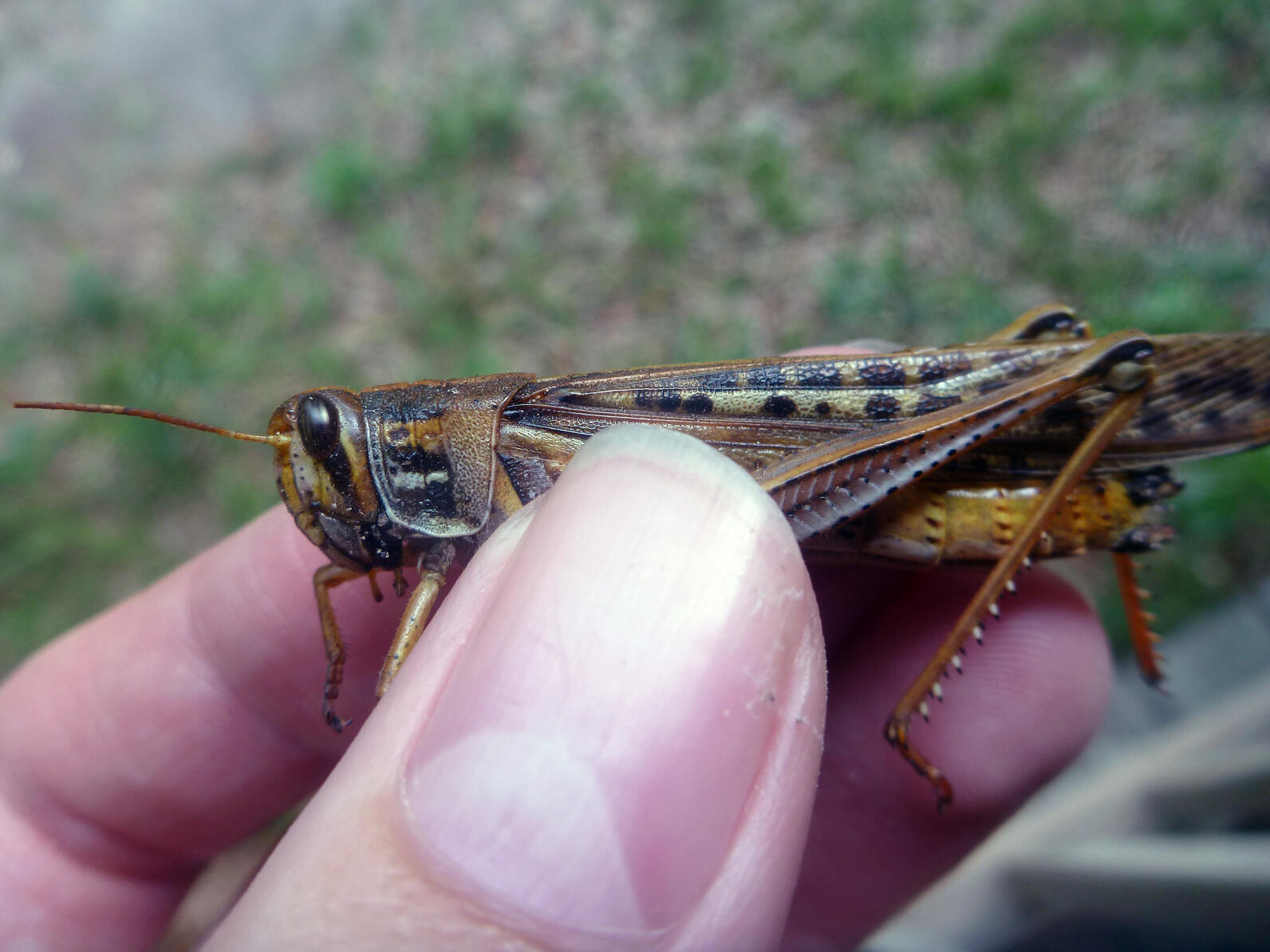
Grasshoppers, Crickets, and Katydids
- American Bird Grasshopper (Schistocerca americana)
- Eastern Lubber Grasshopper (Romalea microptera)
- Carolina Locust (Dissosteira carolina)
- Field Cricket (Gryllus sp.)
- House Cricket (Acheta domesticus)
- Spotted Camel Cricket (Ceuthophilus maculatus)
- Tawny Mole Cricket (Scapteriscus vicinus)
- Greater Angle-wing Katydid (Microcentrum rhombifolium)

Mantids
- Chinese mantis (Tendoera sinensis)
- Carolina Mantis (Stagmomantis carolina) - State insect!

Dragonflies and Damselflies
- Ebony Jewelwing (Calopteryx maculata)
- Azure Bluet (Enallagma aspersum)
- Swamp Darner (Epiaeschna heros)
- Green Darner (Anax junius)
- Great Blue Skimmer (Libellula vibrans)
- Common Whitetail Skimmer (Libellula lydia)
- Blue Dasher (Pachydiplax longipennis)
- Eastern Pondhawk (Erythemis simplicicollis)
- Graygreen Clubtail (Arigomphus pallidus)

Beetles
- Eastern Hercules Beetle (Dynastes tityus)
- Horned Passalus Beetle (Odontotaenuis disjunctus)
- Rhinoceros Beetle (Xyloryctes jamaicensis)
- Giant Stag Beetle (Lucanus elaphus)
- Green June Beetle (Cotinus nitida)
- May Beetle (Phyllophaga sp.)
- Grapevine Beetle (Pelidnota punctata)
- Eastern-eyed Click Beetle (Alaus oculatus)
- Hardwood Stump Borer Beetle (Mallodon dasytomus)
- Sculptured Pine Borer Beetle (Chalcophora virginiensis)
- Dogbane Leaf Beetle (Chrysochus auratus)
- Swamp Milkweed Leaf Beetle (Labidomera clivicollis)
- False Bombardier Beetle (Galerita sp.)
- Banded Net-winged Beetle (Calopteron discrepens)
- Fireflies (Lampyridae family)
- Hump Backed Dung Beetle (Deltochilum gibbosum)
- American Carrion Beetle (Necrophila americana)
- Red-legged Buprestis (Buprestis rufipes)
- Fiery Searcher Caterpillar Hunter (Calosoma scrutator)
- Burying Beetle (Nicrophorus sp.)
- Whirligig Beetle (Gyrinus sp.)
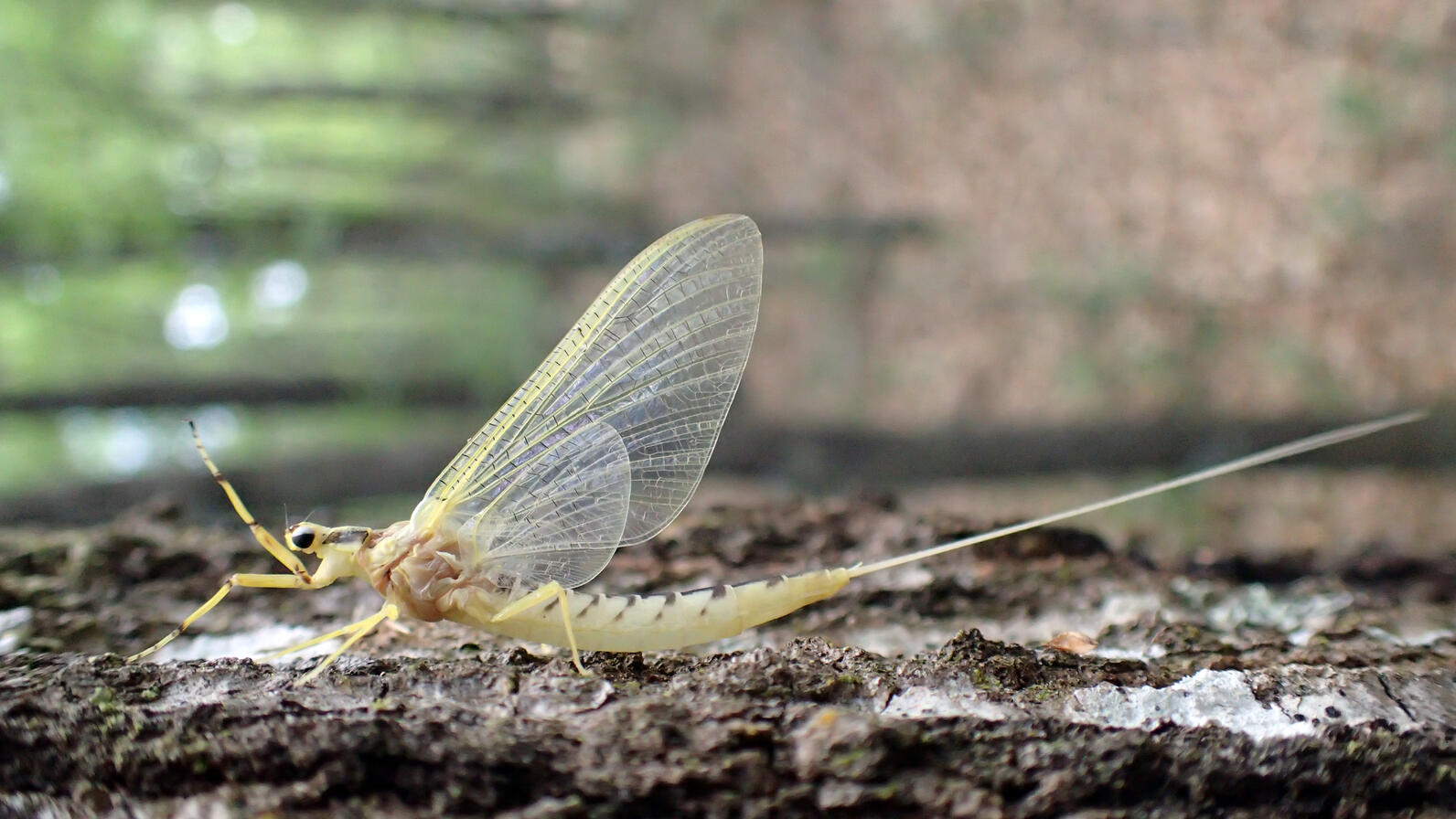
Other Insects
- Burrowing Mayfly (Hexagenia bilineatac), we have numerous mayfly species
- Antlion (Myrmeleontidae family)
- Green Lacewing (Chrysopidae family)
- Alderfly (Sialidae family)
- Owlfly (Ascalaphidae family)
- Summer Fishfly (Chauliodes pectinicornis, maybe)
- Broad Wood Cockroach (Purcoblatta lata - The traditional Palmetto Bug, (Eurycotis floridana) is not found this far north, but, most people don't pay that much attention when a winged cockroach appears)
- Barklice (Psocoptera order) - Sometimes these crowd on the boardwalk handrails
- Caddisfly (Trichoptera order)
How you can help, right now
Boardwalk Tickets
We're open Wednesdays thru Saturdays 9 AM to 5 PM and
Sundays 11 AM to 4 PM.
Beidler Membership
Click here to purchase a membership, which provides free admission for a year and other benefits. We offer both Individual and Family Memberships.
Donate to Beidler Forest
If you wish to support us, please consider donating. 100% of your donation goes back into Beidler Forest.




